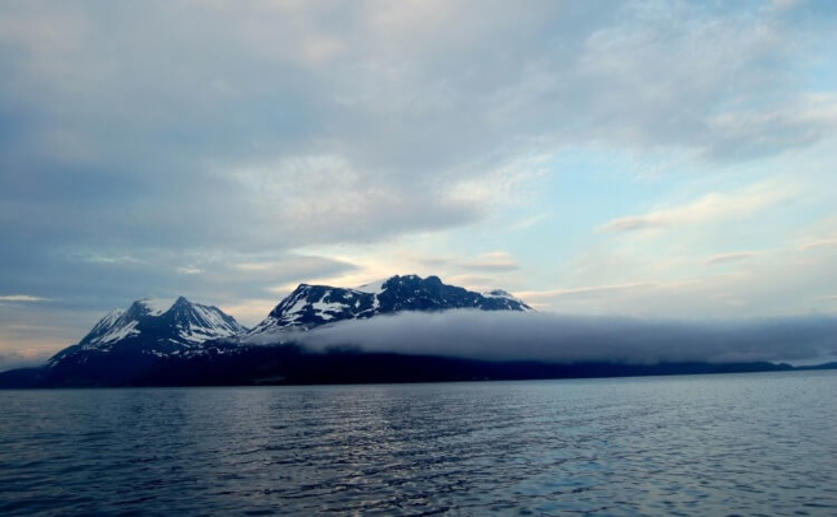
This archived news article is over 5 years old.
The Arctic Ocean Is More Important in Global Nitrogen Removal Than Previously Believed
Elizabeth Fox
27th October, 2016


Elizabeth Fox
27th October, 2016
